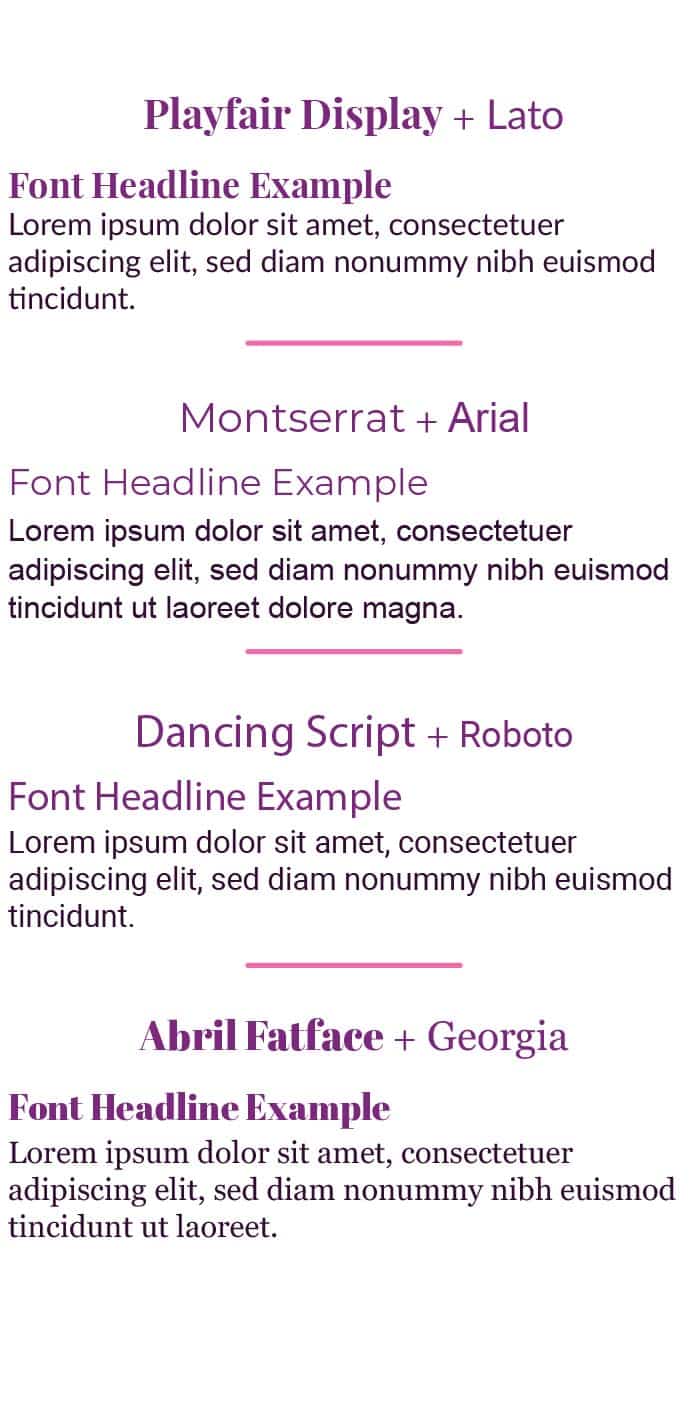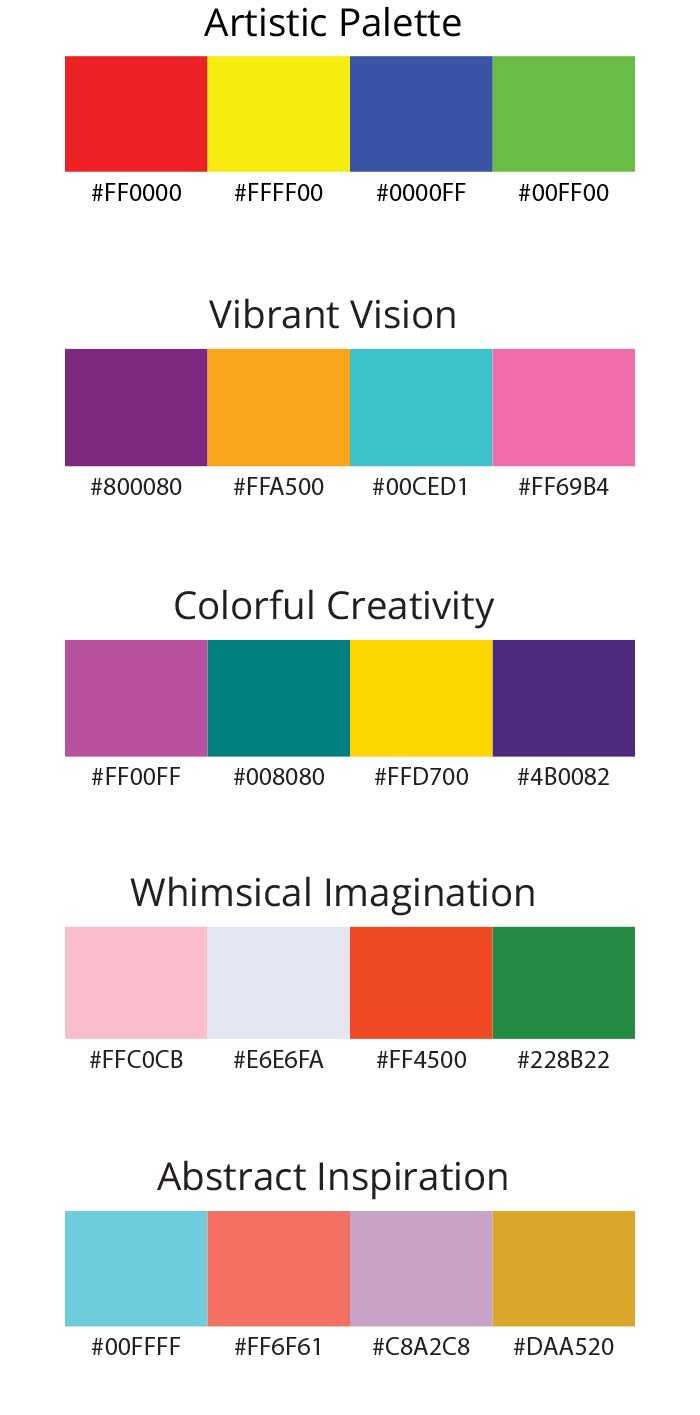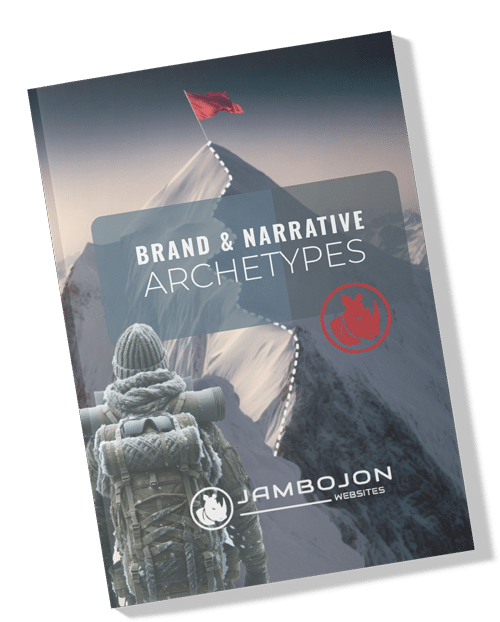About Archetypes
Brand archetypes are important in marketing and branding because they provide a framework for creating a distinct and compelling brand identity. They tap into universal patterns and symbols deeply rooted in human psychology, making them attractive to our character traits and sensibilities. Here’s why brand archetypes are significant and appealing:
The 12 Brand Archetypes
For each narrative, the website design can incorporate elements that reflect the brand's archetype and story.
- Visuals and Imagery: Use imagery that resonates with the archetype's qualities and the narrative's journey. For example, explorers might feature open landscapes, while heroes might use bold and powerful imagery.
- Tone and Language: The copy should reflect the voice of the archetype and the narrative's stages. A Jester might use playful and witty language, whereas a Sage would use insightful and thoughtful prose.
- User Journey: Design the website's user journey to mirror the narrative structure. For a Rags to Riches story, you could guide users from understanding the problem (rags) to discovering your solution (riches).
- Interactivity and Engagement: Use interactive elements to involve the user in the story. For instance, an Explorer brand could include interactive maps or exploration games.
- Testimonials and Case Studies: Share customer stories that align with your narrative and archetype. For a Caregiver brand, testimonials could focus on how the brand supported or nurtured the customer.
By thoughtfully integrating brand archetypes with storytelling formulas, websites can draw in the audience, keeping them on the edge of their seats.
The 12 Brand Archetypes
For each narrative, the website design can incorporate elements that reflect the brand's archetype and story.
- Visuals and Imagery: Use imagery that resonates with the archetype's qualities and the narrative's journey. For example, explorers might feature open landscapes, while heroes might use bold and powerful imagery.
- Tone and Language: The copy should reflect the voice of the archetype and the narrative's stages. A Jester might use playful and witty language, whereas a Sage would use insightful and thoughtful prose.
- User Journey: Design the website's user journey to mirror the narrative structure. For a Rags to Riches story, you could guide users from understanding the problem (rags) to discovering your solution (riches).
- Interactivity and Engagement: Use interactive elements to involve the user in the story. For instance, an Explorer brand could include interactive maps or exploration games.
- Testimonials and Case Studies: Share customer stories that align with your narrative and archetype. For a Caregiver brand, testimonials could focus on how the brand supported or nurtured the customer.
By thoughtfully integrating brand archetypes with storytelling formulas, websites can draw in the audience, keeping them on the edge of their seats.
What is the Creator Archetype?
Individuals embodying the Creator archetype are driven by a deep desire to express themselves through their unique perspectives. They thrive on exploring possibilities, pushing boundaries, and finding innovative solutions to problems.
How is it present?
Creators can be found in various fields, including artists, writers, musicians, inventors, entrepreneurs, and innovators. In storytelling, the Creator archetype is often portrayed as the artist, the visionary, or the inventor who brings about positive change through their unique creations.
In the world of branding, brands that embody the Creator archetype often focus on innovation, originality, and artistic expression. They may use their brand to inspire others’ emotions, and showcase their dedication to pushing boundaries and bringing fresh ideas to the market. These brands may appeal to customers who value creativity and seek unique and inventive solutions to their needs and desires.
The “Creator” as the Guide
Fosters Innovation and Originality:
Encouraging clients to think creatively, fostering an environment where innovation and unique ideas flourish.
Promotes Self-Expression and Authenticity:
Supporting clients in expressing their true selves and pursuing authentic, creative expressions.
Facilitates Visionary Thinking:
Helping clients envision and realize their ideas, turning imaginative concepts into tangible outcomes.
Provides Tools for Creation:
Offering the resources and tools necessary for clients to create and innovate effectively.
Encourages Artistic Exploration:
Motivating clients to explore and experiment with different forms of creativity and artistry.
Builds a Community of Creatives:
Creating a supportive community where ideas are shared, and feedback is encouraged, enhancing collaborative creativity.
Inspires Confidence in Creativity:
Instilling confidence in clients to pursue their creative passions and break through creative blocks.
Font & Color Schemes for "The Creator"


Download Our Brand Archetype Guide

Understand each of the brand and narative archetypes In this free download. Learn the language, formulas, color schemes and adventure that can tell your story and create raving fans!
Ready to Start Your Journey?













